In this auspicious occasion, we are delighted to delve into the intriguing topic related to Calendario 2025: A Comprehensive Overview. Let’s weave interesting information and offer fresh perspectives to the readers.
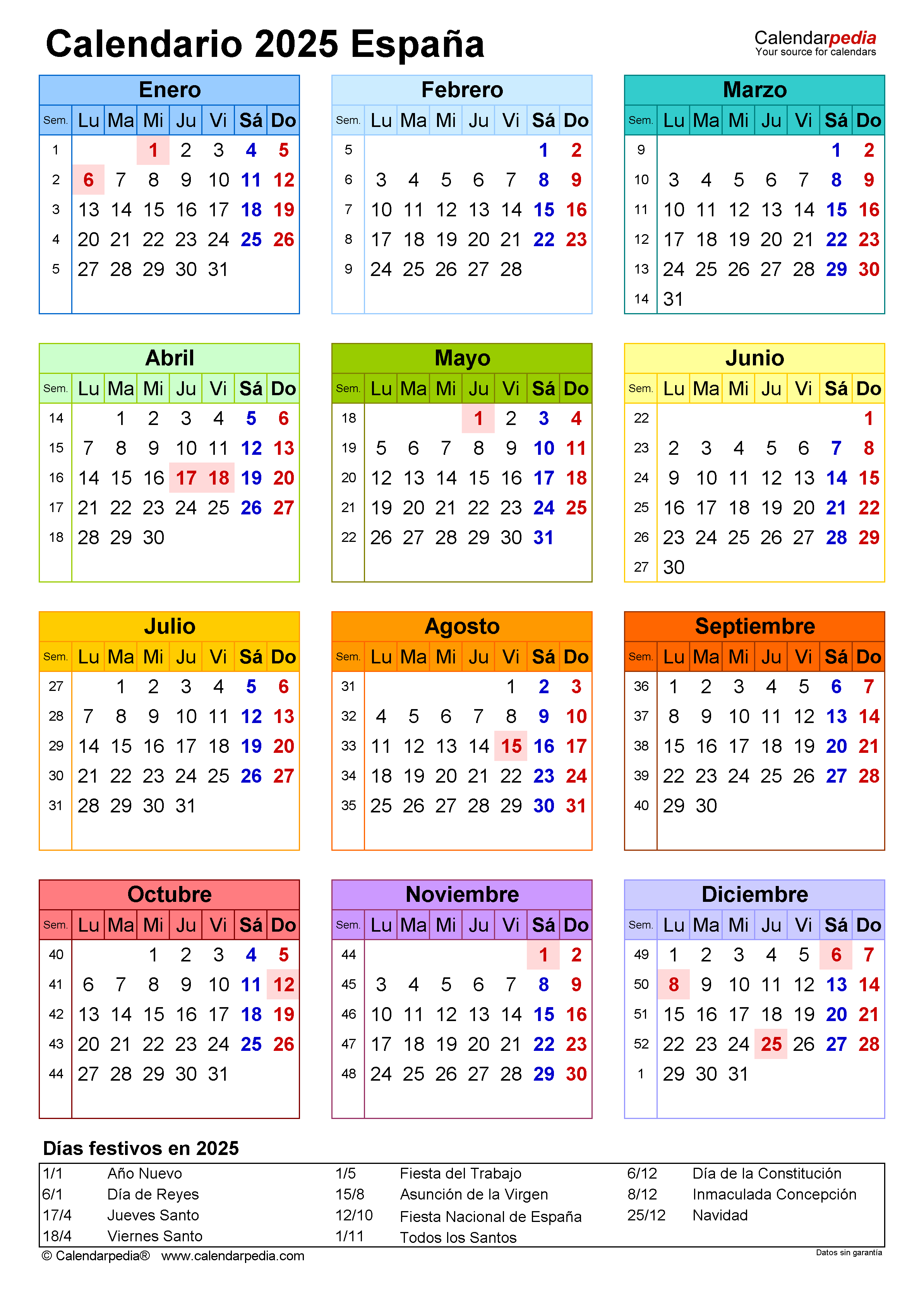


The calendario 2025, also known as the Gregorian calendar, is a widely used calendar system that is based on the Earth’s orbit around the Sun. It consists of 12 months, each with a varying number of days, totaling 365 days in a standard year. However, every fourth year is a leap year, which adds an extra day to the month of February to account for the Earth’s slightly elliptical orbit.
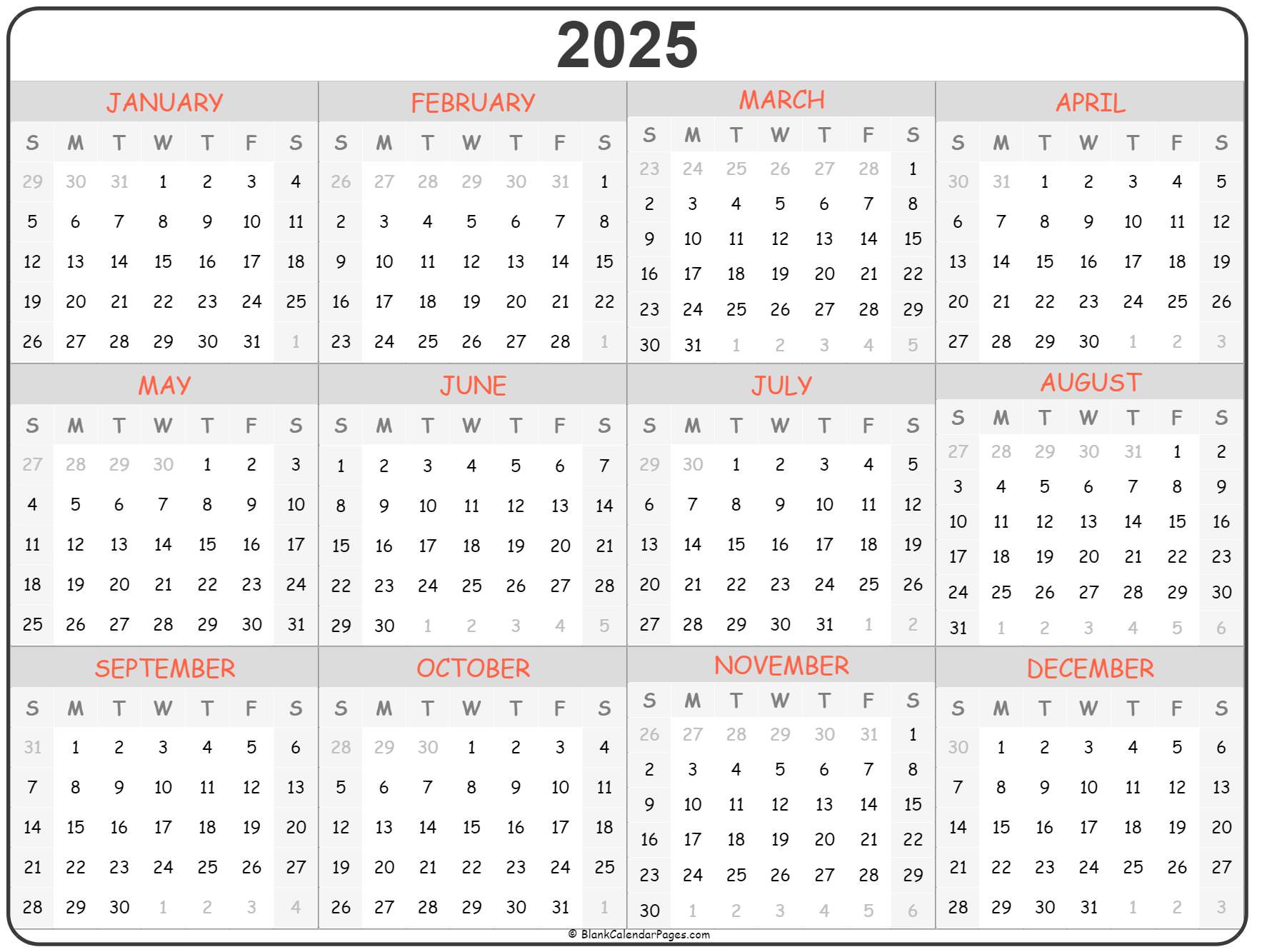
Leap years occur every fourth year, with the exception of years that are divisible by 100 but not by 400. For example, the year 2000 was a leap year, while the year 1900 was not. Leap years are necessary to synchronize the calendar with the Earth’s actual orbit around the Sun, which is slightly longer than 365 days.
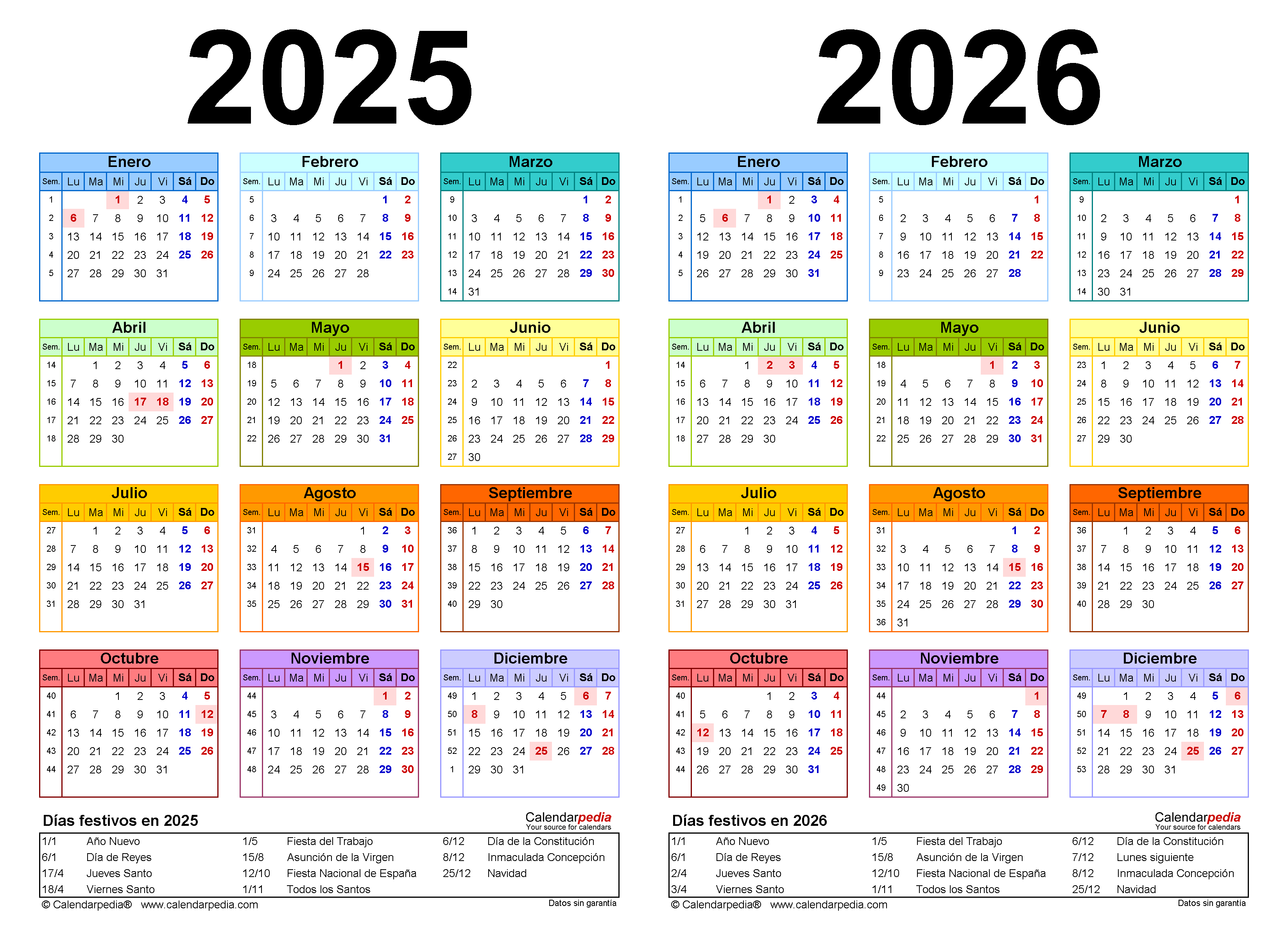
The first day of the week varies depending on the culture and region, with some countries starting the week on Monday and others on Sunday.
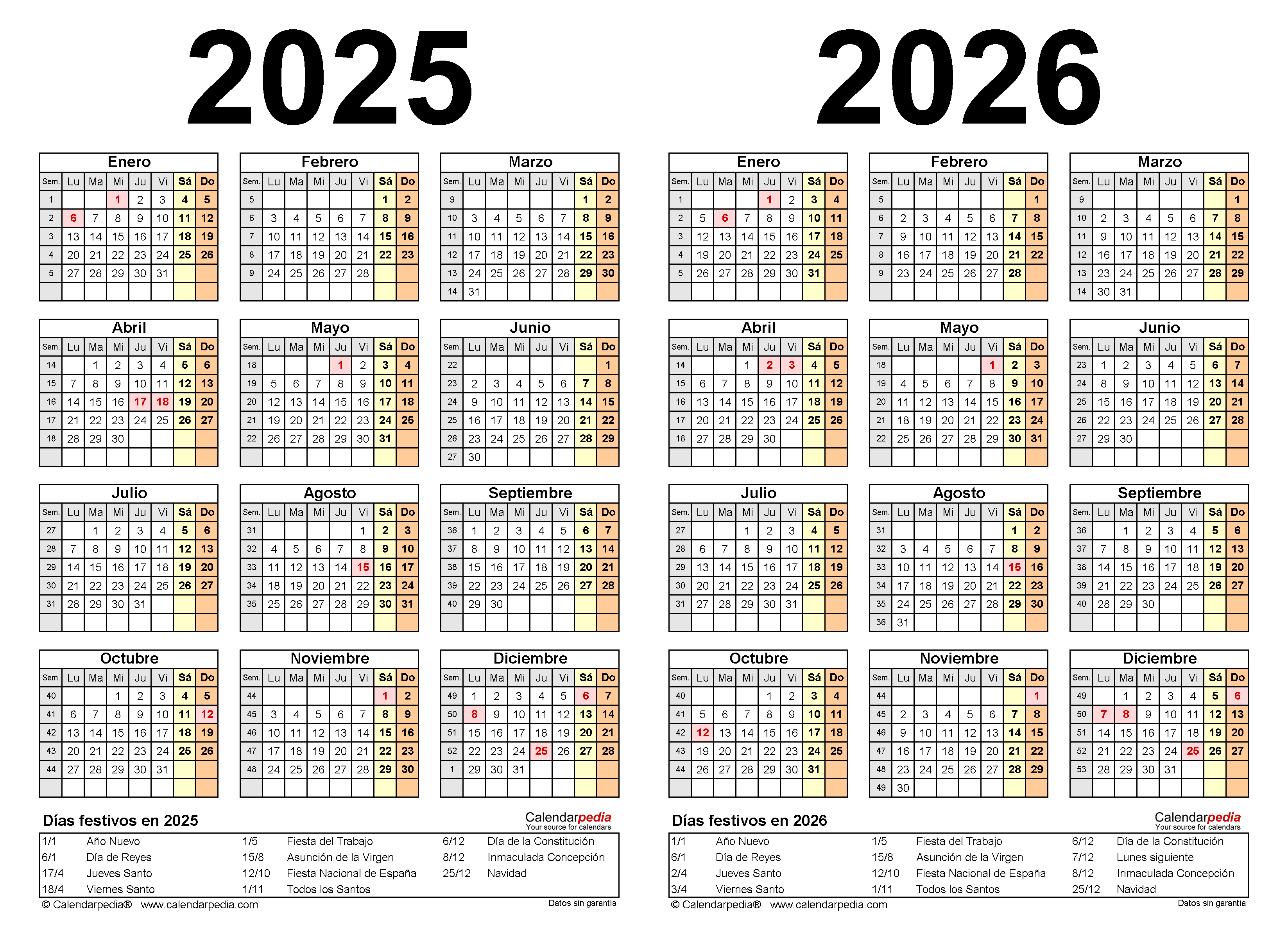
The calendario 2025 includes a number of holidays and observances that are celebrated worldwide. These include:
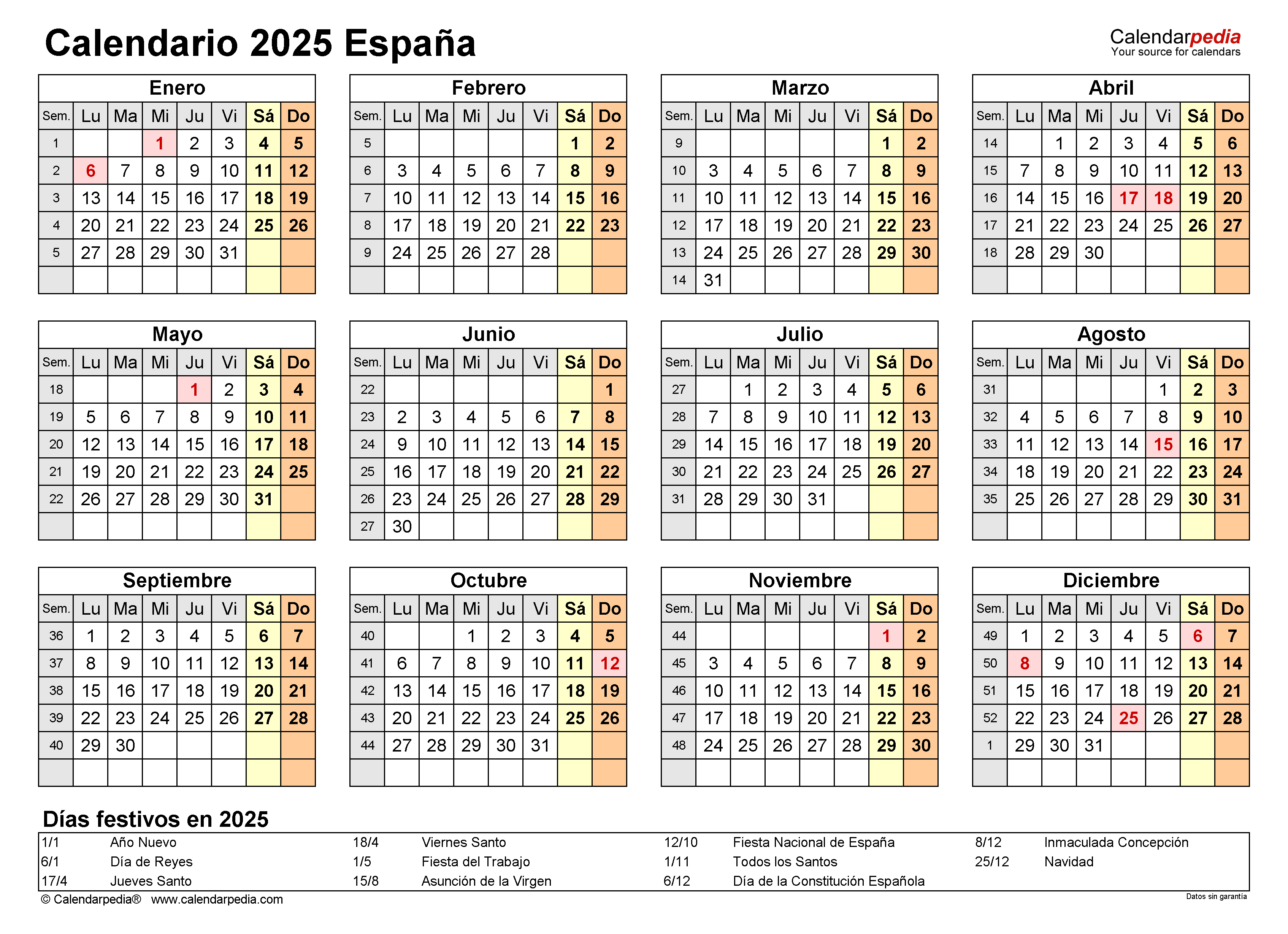
While the calendario 2025 is the most widely used calendar system, there are several alternative calendar systems that have been proposed or used throughout history. Some of these alternatives include:

The calendario 2025 is a widely used and accurate calendar system that has served as the basis for timekeeping for centuries. While it has some limitations, its advantages outweigh its drawbacks, making it the preferred calendar system for most of the world. As technology advances and our understanding of time improves, it is possible that alternative calendar systems may emerge or existing systems may be modified to address the limitations of the calendario 2025.
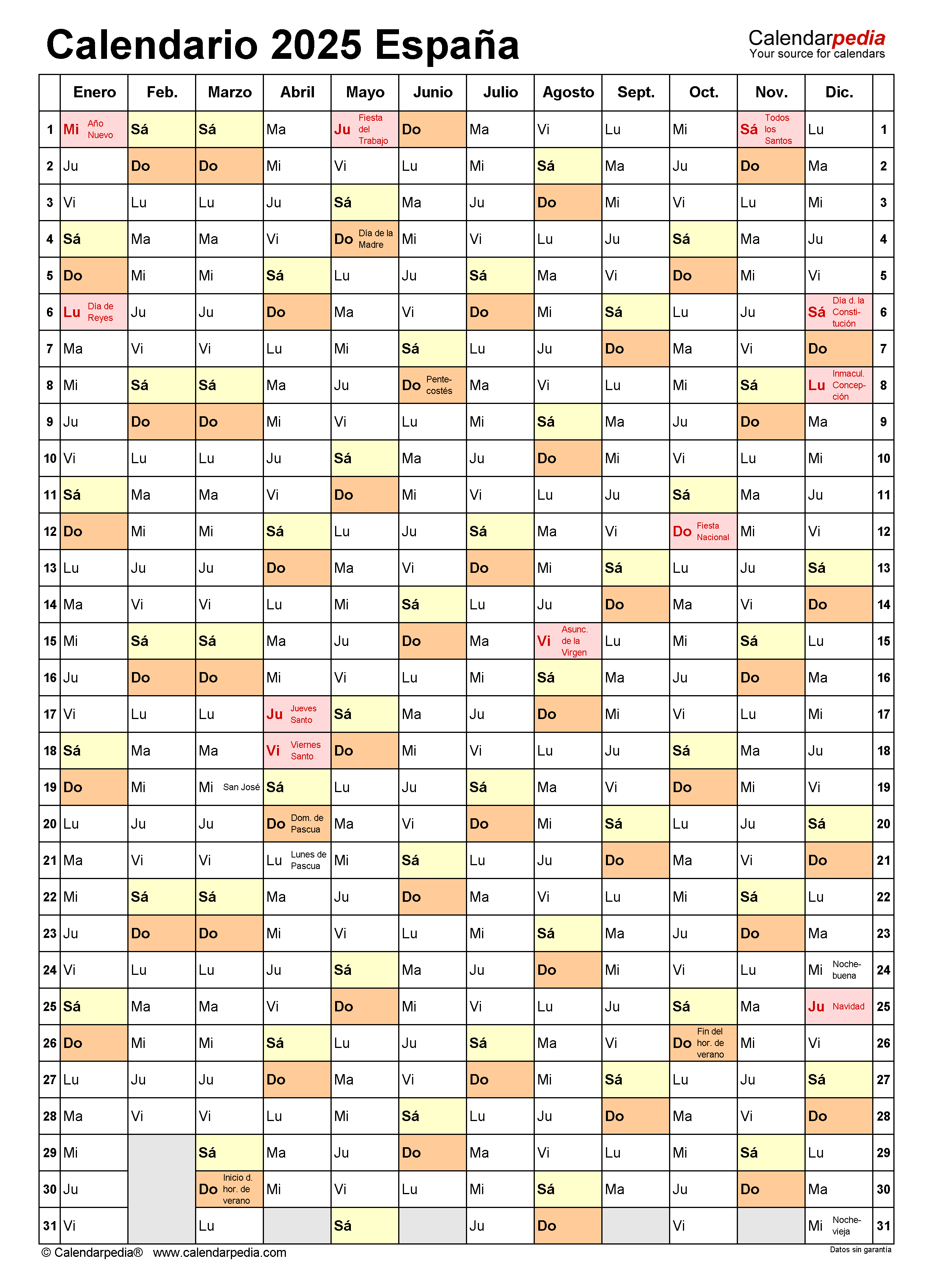









Thus, we hope this article has provided valuable insights into Calendario 2025: A Comprehensive Overview. We appreciate your attention to our article. See you in our next article!